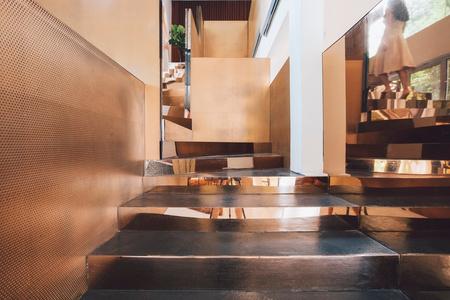
1 minute read
REFLECTION:
from DWD | E-PORTFOLIO
by Poh Yee
A) UBBL USAGE
It is essential for building owners, architects, designers, contractors, and relevant professionals to stay informed about the current building codes and comply with the latest requirements during the design, construction, and renovation processes. As designers/citizens, if we see that some of the designs do not comply with the terms of the UBBL, we are obliged to report the matter to the relevant authorities. These codes ensure the safety of occupants, promote structural integrity, and address important considerations such as fire safety, accessibility, and energy efficiency.
Advertisement
B) MATERIAL SELECTION AND APPLICATION
The right material choice will enhance the overall design, functionality, and longevity of the interior space. In this design process, we should not only add good-looking things, but we should also have the most basic knowledge of material selection. For example, in a kitchen or bathroom, materials that are moisture-resistant and easy to clean, such as porcelain tiles or quartz countertops, are often preferred. In a workspace, materials that offer acoustical properties to minimize noise, such as acoustic panels or carpets, may be advantageous.
C) SUSTAINABILITY – GREEN DESIGN & EFFICIENCY
Implementing sustainable systems in coworking spaces aligns with environmental responsibility, leads to cost savings, enhances occupant health and satisfaction, ensures compliance with regulations, provides a competitive advantage, and contributes to the longterm viability of the space.



